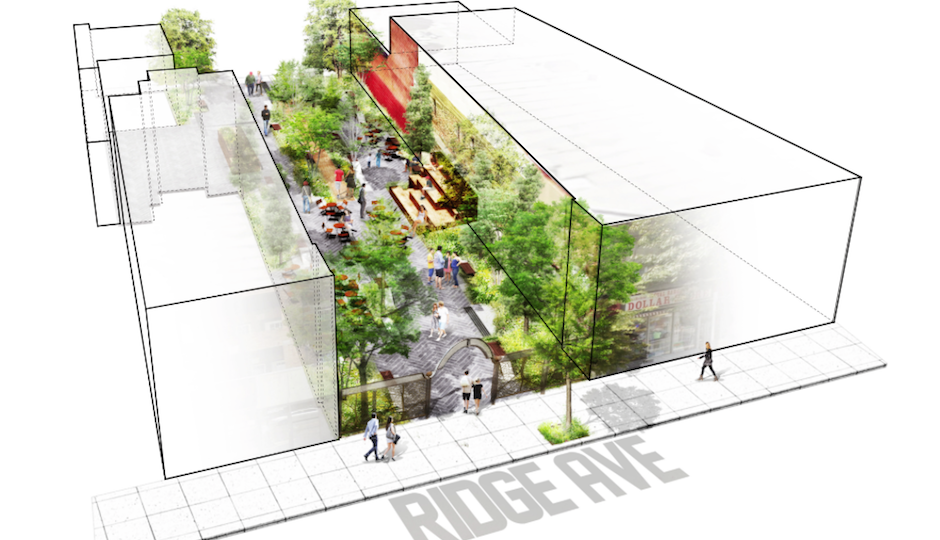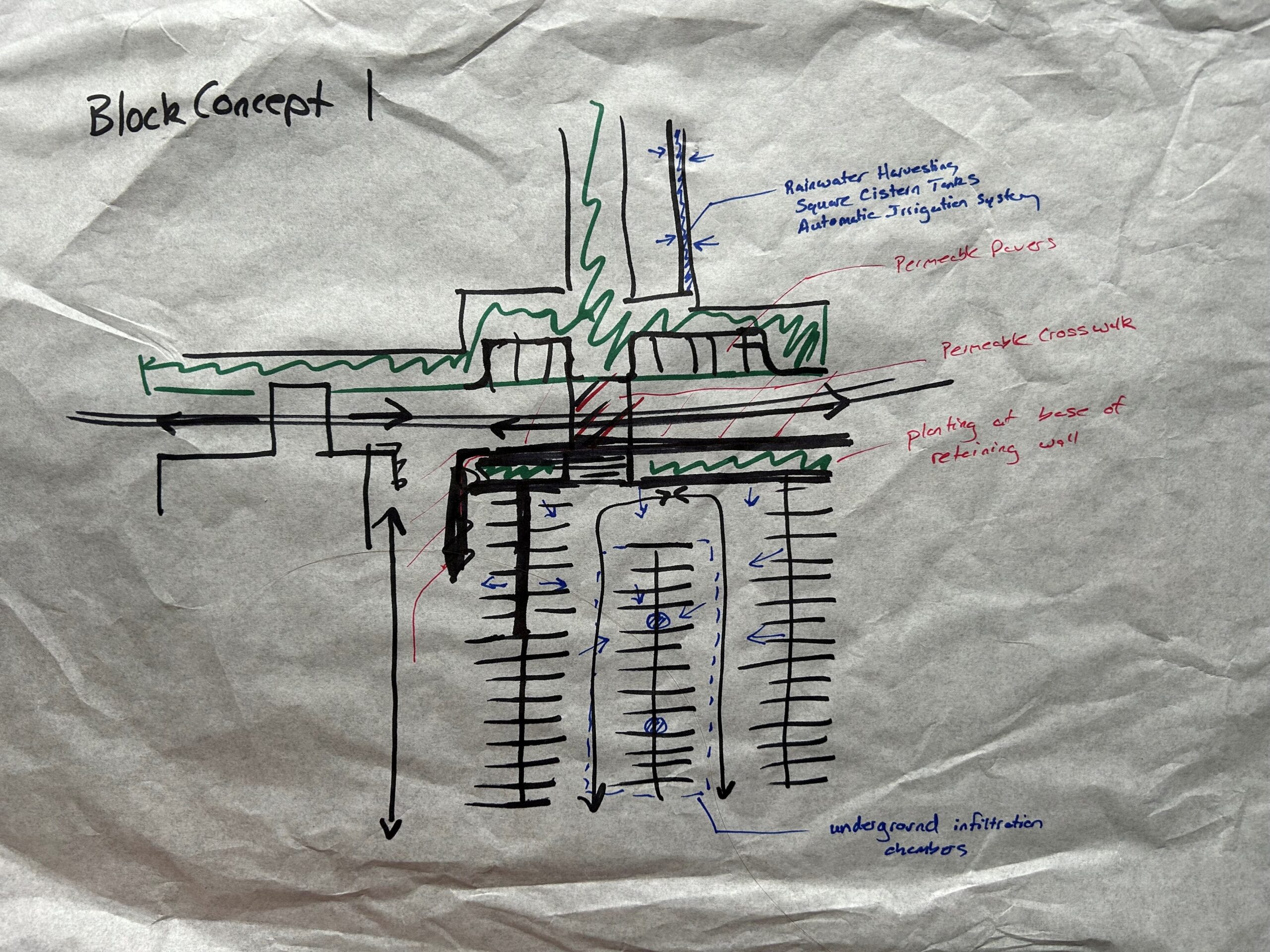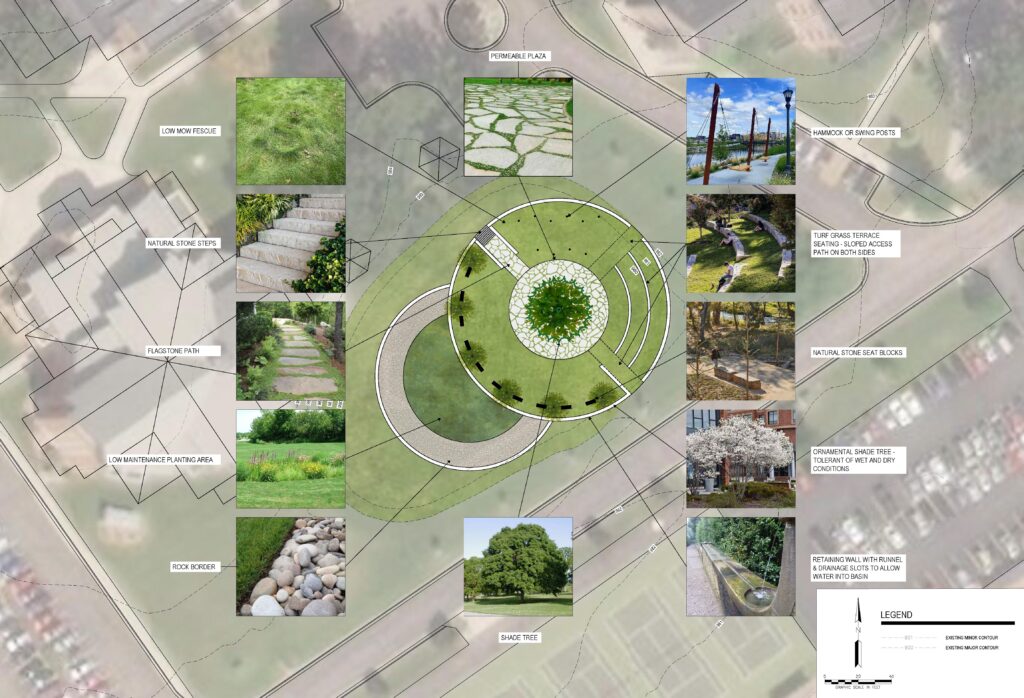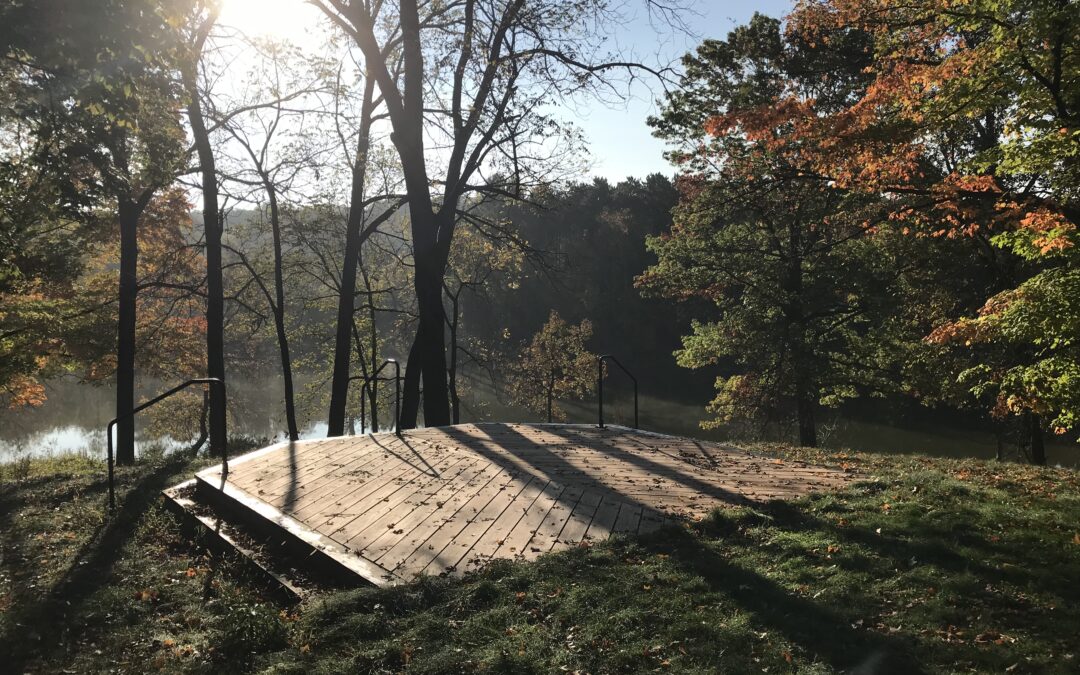At Midwest Wetland Improvements (MWI), our Landscape Architects bridge the gap between ecological restoration and people-centered, regulatory compliant design. Unlike traditional firms, our team works at the intersection of habitat restoration, green infrastructure, and development review, creating landscapes that are both resilient and rooted in ecological function.
Our Landscape Architects play a critical role in integrating native vegetation into stormwater infrastructure, preparing planting and restoration plans for mitigation and buffer areas, and developing landscape plans that satisfy permitting, zoning, and long-term maintenance needs.
Starting with Purpose and Perspective
Landscape Architects at MWI typically begin their day around 7:00 a.m., often juggling a mix of field and office work. Morning hours may involve reviewing native planting palettes, adjusting grading concepts for site resilience, or syncing with engineers and scientists to keep complex restoration projects moving forward.
On some days, the work starts at a job site: walking a ravine to flag buffer zones, collecting tree inventory data for a redevelopment project, or verifying seed mix viability in a wetland restoration area. On others, the day starts at the computer, developing CAD-based restoration plans, updating GIS layers, or responding to agency comments.
No two days are alike—and that’s by design. Our Landscape Architects are actively involved across a range of projects, from stormwater retrofits and mitigation banks to greenspace plans and development tree replacement plans.

Fieldwork That Informs Design
Field work is essential work for the entire team at Midwest Wetland Improvements. Landscape Architects at MWI are regularly in the field performing tree inventories, buffer vegetation surveys, and site suitability assessments. They assess plant health, species composition, and site constraints to inform designs that are not only functional and regulatory-compliant but also beautiful with ecological integrity.
This might mean using GPS and datasheets to mark mature trees for preservation, identifying invasive species for removal, or flagging a restoration buffer boundary along a wetland edge. Landscape Architects work to gather the data needed for holistic, coordinated restoration and development projects.
Designing for Function, Resilience, and Compliance
Back in the office, Landscape Architects transform field data and site knowledge into detailed plans and specifications. They prepare:
- Tree replacement plans that meet local ordinances and account for post-construction survivability
- Native planting plans for buffers, rain gardens, and mitigation banks that balance aesthetics with ecological performance
- Landscape plans for new developments, coordinating with engineers and clients to meet stormwater and zoning requirements
- Construction details and notes for planting, soil preparation, and vegetation maintenance
- Restoration planting plans for wetland and stream projects in mitigation banks and conservation easements
Landscape Architects also contribute to Environmental Assessment Worksheets (EAWs) and other environmental review documents, providing landscape and ordinance context, vegetation summaries, and visual impact assessments in collaboration with the rest of the MWI team.


Collaborating Across Teams and Projects
At MWI, Landscape Architects collaborate daily with Water Resources Engineers, Wetland Scientists, and Stream Ecologists. They support design teams on both restoration and development projects, helping to translate ecological goals into buildable site plans.
Landscape Architects also communicate with clients, municipalities, and regulators to ensure our designs meet project objectives and agency expectations. Whether responding to review comments on a buffer restoration plan or presenting a concept layout to a planning commission, our work is both creative and technical.
Designing with Purpose and Long-Term Impact
Every project at MWI offers the opportunity to enhance habitat, manage stormwater, and create meaningful spaces for people and wildlife. Our Landscape Architects play a critical role in designing for resilience, compliance, and ecological function.
If you’re passionate about the intersection of landscape architecture and environmental restoration, and want to work on projects that leave a lasting impact, we’d love to hear from you. If you join the team at Midwest Wetland Improvements, you’ll collaborate with a dedicated team and help shape the future of water-smart, ecologically rich landscapes across the Midwest!


Recent Comments